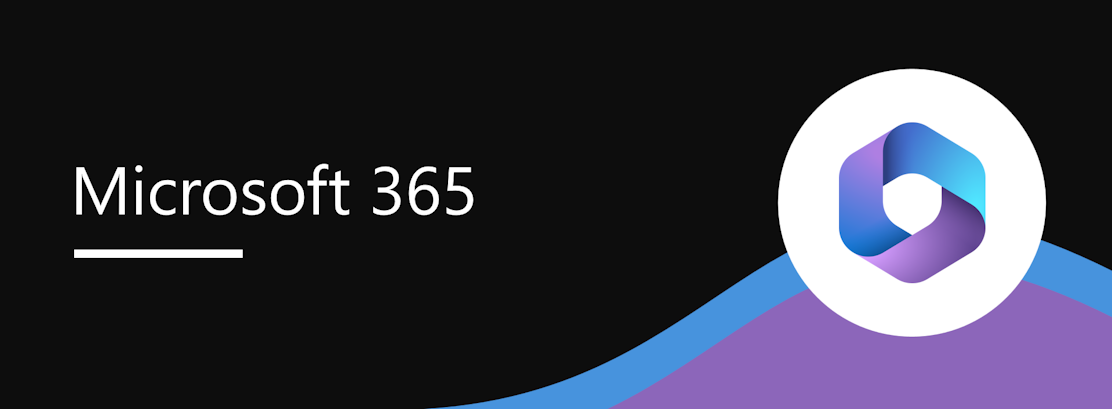Microsoft Purview | Data Lifecycle Management: New integration with Adaptive protection
Microsoft Purview’s Data Lifecycle Management will soon integrate with Adaptive protection, automatically preserving items deleted by high-risk users. Public preview starts in May 2024. Organizations should enable Adaptive protection to use this feature, which applies a 120-day retention label without manual management.

Coming soon for Microsoft Purview: We are announcing the public preview of the integration of Adaptive protection with Data Lifecycle Management (DLM) to help you find the right balance to protect against data sabotage while enabling productivity. This new integration leverages DLM features to provide an additional control for Adaptive protection that automatically preserves items deleted by a user with an elevated risk level, so items can be restored if needed.
This message is associated with Microsoft 365 Roadmap ID 392839.
When this will happen:
Public preview: We will begin rolling out in early May 2024 and expect to complete by early June 2024.
General Availability: We will update this MC post to include this information when it is available.
How this will affect your organization:
After the rollout, and after you enable Adaptive protection for your tenant, the retention label and auto-apply policy for data lifecycle management will be automatically created for you. This policy will automatically include elevated risk users identified by Microsoft Purview | Insider Risk Management solution. If these users delete content from Microsoft SharePoint, Microsoft OneDrive, or Microsoft Exchange, a retention label is automatically applied to that content to retain it for 120 days. Retention labels are automatically applied to unlabeled content deleted by these users. When these users are no longer at the elevated risk level, they are automatically removed from the DLM policy, and the system will no longer keep a copy of content they delete. Any content copies previously retained when the user had an elevated risk level will be kept for the 120 days as specified by the retention label.
Unlike other retention labeling scenarios, users do not see the retention label, and you do not need to create or manage the retention label or policy. At this time, you can’t change the retention period or assign different policies based on the different risk levels, or for different locations. The single retention label and auto-labeling policy for your tenant is not visible in the Microsoft Purview compliance portal.
What you need to do to prepare:
Learn more: Learn about retention policies & labels to retain or delete | Microsoft Learn
If you’re using Adaptive protection and want to automatically retain content deleted by elevated risk users, follow these steps to turn on this new integration.
- Sign in to the Microsoft Purview compliance portal.
- Navigate to Data lifecycle management > Microsoft 365 > Adaptive protection settings in the top right corner.
- Turn the setting ON and select Save.
If you’re not using Adaptive protection already, turn on Adaptive protection and the new feature will be enabled along with Adaptive protection.
This rollout will happen automatically by the specified date with no admin action required before the rollout. You may want to notify your users about this change and update any relevant documentation as appropriate.
Message ID: MC791110


 HANDS ON tek
HANDS ON tek
 M365 Admin
M365 Admin









